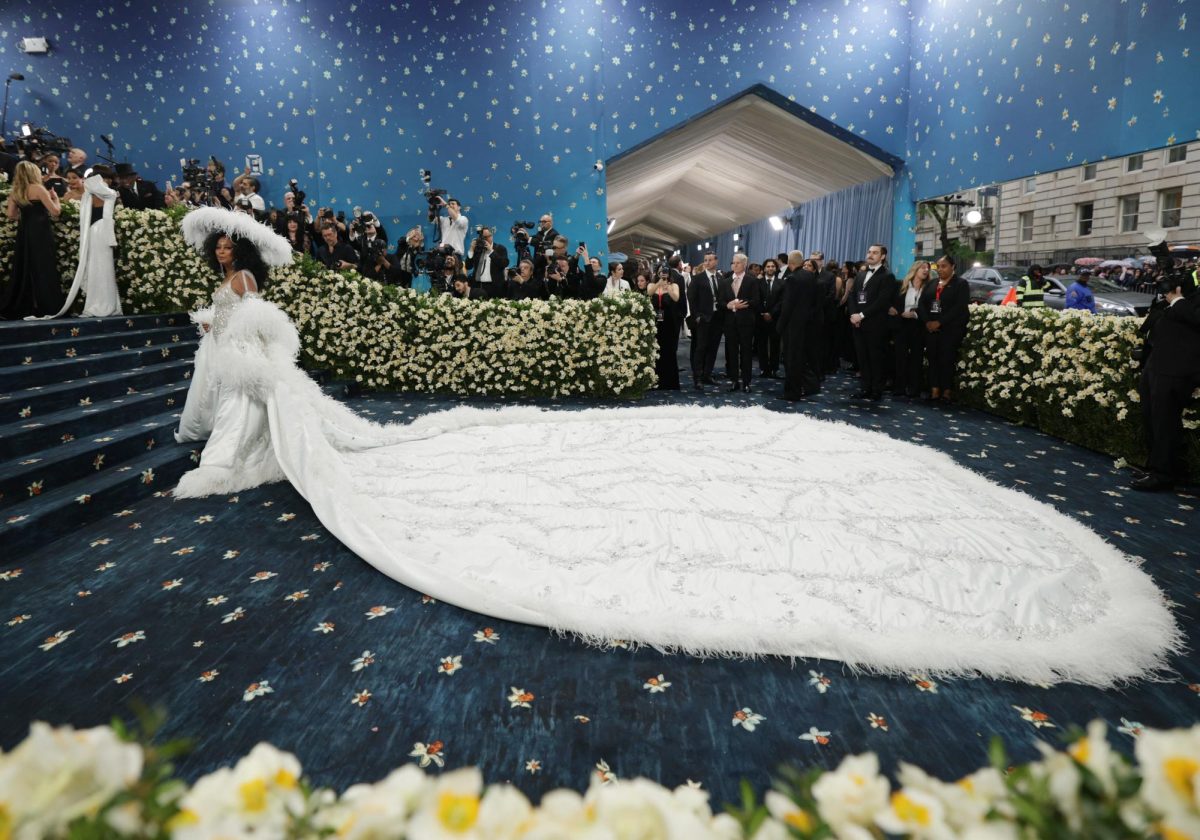At the end of the school year, Cathedral Catholic’s contract with uniform provider Mills will expire, and the school administration will face a decision about the dress code for next year. A new provider, Dennis Uniforms, is currently being considered for comfort and style purposes, especially the skirts. The past year has demonstrated that dress code is a central concern among the CCHS community, but as the issue reemerges, the editors and staff of El Cid question the fundamental purpose of dress code and its actual effects on the student body.
The purpose of dress code is defeated when enforcing it takes away from overall emphasis on academics. We believe that the dress code issue at our school has been blown out of proportion; the institution once established at our school for the purpose of maintaining order has grown to be a source of friction on campus.
Those who support the traditional dress code argue that it is a mechanism used to enforce order and cohesiveness. According to the Student Handbook the dress code is used so “…students understand their manner of dress should be appropriate to the serious nature of academic study.” Wearing uniforms minimizes distractions because it limits options and prevents students from spending the whole day obsessing about fashion.
However, when dress code reminders are repeated over the morning announcements and constantly brought up during class representative meetings, the overbearing concern for enforcing the rules dominates any worry about the consequences of personal expression through clothing. Since the dress code is in effect at all times on campus, teachers are expected to enforce dress code during class time, and the Student Handbook states that students who are in violation of the dress code could be subject to a trip to the Dean’s Office. Effort and time are wasted when teachers have to issue detentions and reprimand violators and when students must travel to the Dean’s Office during class.
During November, members of a select student uniform-based committee were allowed to wear uniforms from Dennis Uniforms. Last year’s student committee suggested that the only real solution to short skirts is to phase out skirts completely and replace them with pants; two seniors on the committee strongly supported girls wearing black dress pants on liturgy days. Members of the 2009-2010 committee also discussed the possibility of wearing boots on spirit days.
While the experimental uniforms and the positive feedback on them serve as possible indications that there will be changes next year, one must keep in mind that none of the proposed ideas from last year’s committee ever came into effect. The administration relies on a committee of select students, but any student is more than welcome to voice his or her opinion, as stated by Mrs. Conroy in a recent uniform update published in El Cid. However, if the administration chooses to rely on a certain group of students for feedback, the student body should select members. This way, students would feel that they are fairly represented in the issue of the dress code. Students should have the right to know the reasoning behind the administration’s decision to keep the status quo after what seemed to be an aggressive crackdown on skirts during the 2009-2010 school year.
Skirts are not the only uniform item under scrutiny; recently, it was announced that clubs cannot order black shirts or sweatshirts on the premise that black is not a school color, thus discouraging unity. We believe that this color restriction is unwarranted; we view this as a reaction to fear of the “goth” phenomenon. Black is a solid neutral color, and classy nonetheless. The staff of El Cid encourages solidarity, but we believe that school unity has its deepest roots in student body of the community, not the clothing it wears.
A new uniform provider with new styles and more comfortable options could potentially ease the tension over the dress code and skirt length. Ideally, we believe that skirts should be an option; instead, students should be able to wear jeans with polo shirts Monday through Thursday and regular spirit dress on Fridays. With the exception of the skirts, dress code infractions are rare, and students who violate the dress code easily stand out when compared to those who follow the rules. Students would be more comfortable in jeans, and the issues with dress code would be minimal compared to the problems the administration handles now.
At this point, the most important thing is not enforcing the rules; the primary reason we go to school is to learn, not for the dress code. Students, faculty and staff, and administrators alike must keep the academic aspect of school. (See related article in “NEWS” section.)






















































John • Jan 20, 2011 at 8:03 PM
I think that belts and skirts are the only real issues in the dress code. Personally, I think it’s a hassle to have to wear a belt everyday. Belts should be worn as they are commonly in society, not as some necessity of propriety for the student body. The belts are rarely ever visible as they are usually covered by polos, and the dress code rule regarding belts is hardly enforceable and quite impractical. On the other hand, the discussion on skirts is one that is way overworked. Skirts are the norm for girls as are khaki shorts for guys; in my opinion, jeans should be interchangeable with khaki shorts or pants for guys and with skirts for girls. Nice jeans have the same aesthetic effect as the other articles, and are much less disputable. For the sake of school academics, the dress code issue should be simply resolved without bureaucracy, left alone after that, and not heavily thought about or enforced, as long as the orderly, cohesive community of students is maintained.
Austin • Jan 19, 2011 at 12:28 PM
I think that we shouldn’t have a uniform – as do most students. I mean, we pay for the school, so in turn we pay for all the teachers working there. Shouldn’t we have a say in what we wear to a school funded by us?